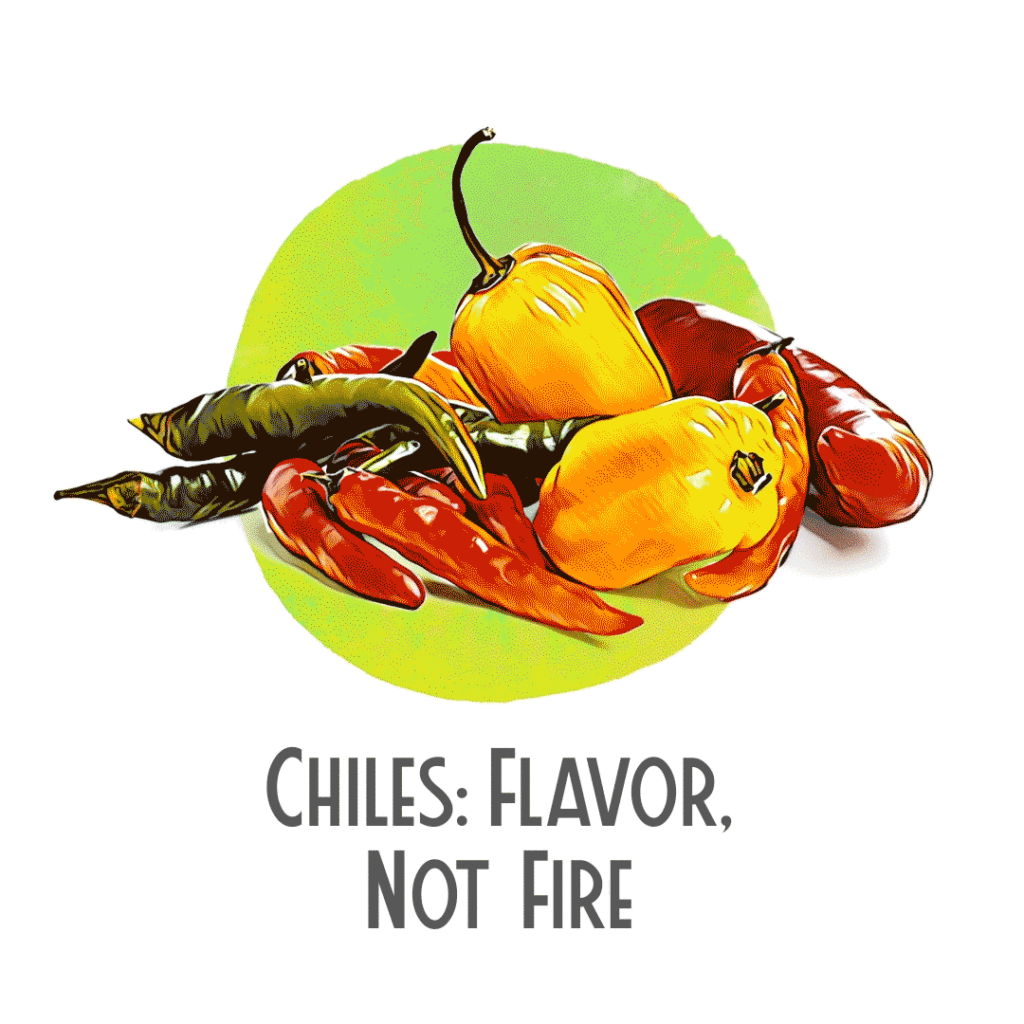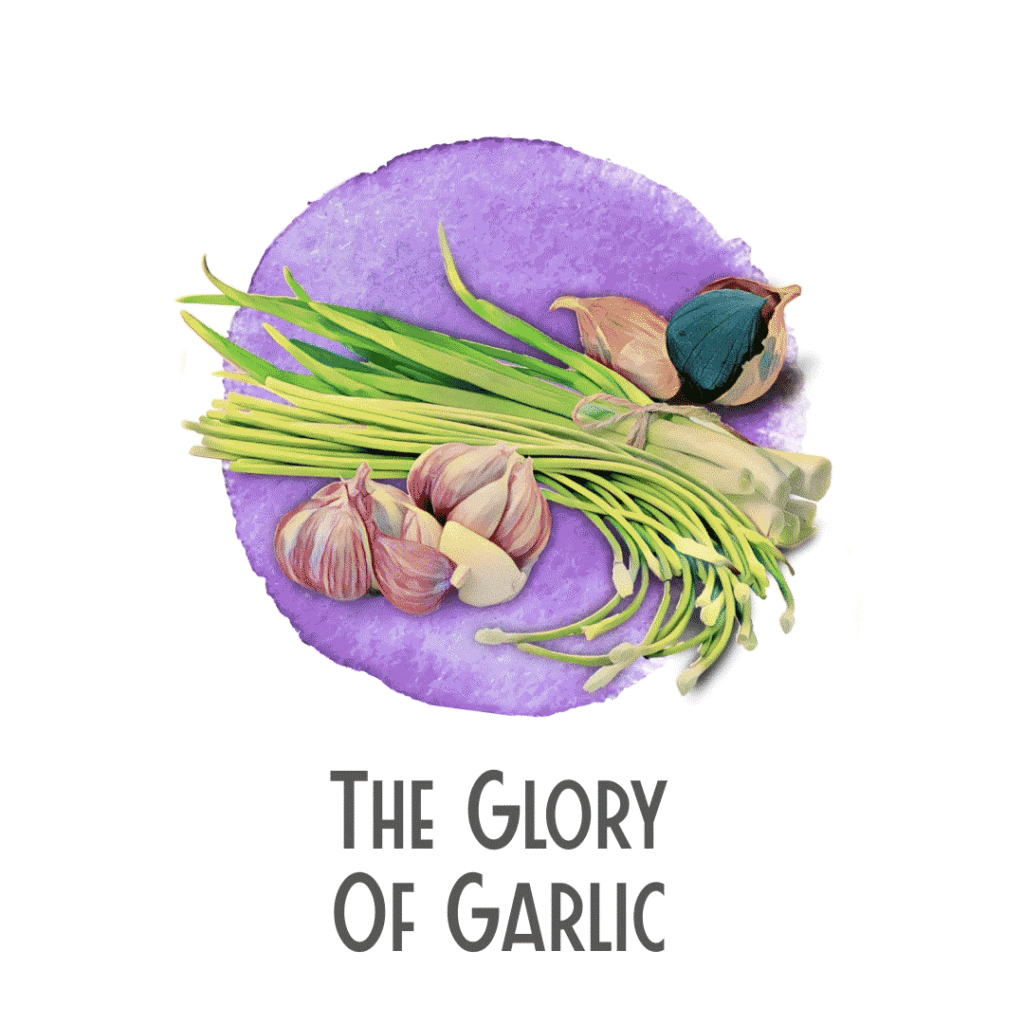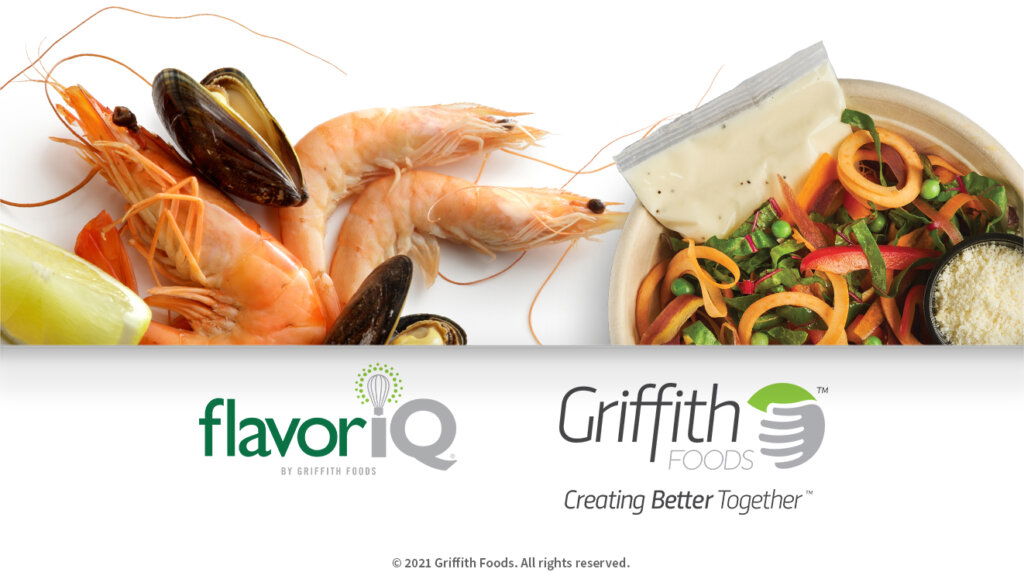
Introducing a new year of insight-driven culinary inspiration.
As we embark on the new year, we’re sharing the next big flavor, ingredient and operational trends that will impact our industry. Our focus is on the future and thinking about the ways in which we can help our partners succeed with innovative approaches to meet the evolving needs of consumers and our shared planet.
These trends are framed through the lens of our current environment, while being shaped by insights from our global network of chefs and market research experts who are truly passionate about food.
The goal of our trends program is to inspire you, support you and work together on your next culinary innovation.
Each month we will do an exclusive deep dive into each of our featured trends, where we share consumer insights, product and menu inspiration, and a culinary perspective you won’t find anywhere else.
Explore our Top 10 Trends of 2021:

A Plant-Forward Future
Today’s consumers are more willing than ever to incorporate plant-based products into their diets in unique ways. And the future of plant-forward dining is all about how chefs and manufacturers can satisfy consumer curiosity by improving the taste and texture of vegetable- and legume-rich dishes. Blended burgers are already a hit, and we expect to see an expansion of meat-and-vegetable blended protein options (such as cauliflower-and-chicken nuggets) along with “meatless meats” like jackfruit pulled pork and soy chorizo.
As more foodservice segments and retail categories stake their claims to the category, cleaner-label options will serve as a point of differentiation. Unique plant-based ingredients will also be showcased beyond the center of the plate. Smoothies and teas made with moringa powder add a burst of “green” flavor and nutritional benefits to the beverage category, while protein-rich nut butters will prevail in snacks, breakfast and dessert.

Nourishing Cuisine
Fad diets come and go, but the concept of personalized nutrition has staying power for the long term. In the wake of the public health crisis, consumers are looking to nourish themselves with nutrient-dense foods and are seeking out health benefits such as strengthening the immune system, improving respiratory health and even reducing anxiety. Callouts like “cholesterol free” and “low fat” are in double-digit decline on restaurant menus while protein, antioxidants and probiotics are getting a boost.
In both foodservice and retail, we’ll be seeing more product and ingredient claims that relate to functional benefits. Familiar favorites such as broccolini, blueberries and kale are expected to continue their “superfood” reign, along with up-and-comers like lemon balm (an herb known for its calming effect). Products like beef jerky seasoned with powdered chaga mushrooms (purported to have anti-inflammatory properties) or barbecue sauce made with goji and acai berries (both adaptogens) will become popular as consumers look for simple ways to adjust their eating and drinking habits to optimize personal health.

How Convenient!
In these trying times, there is a renewed interest in creating safe, simple ways for consumers to enjoy restaurant-quality meals from the comfort of home. Staying in has become standard as consumers limit their away-from-home excursions and stock up on the essentials during critical, but fewer, shopping trips. Operators must prioritize seamless drive-thru, takeout and delivery programs to provide a sense of security for consumers—but finished dishes should still look and taste amazing. Tamper-proof packaging will be an area for innovation, with inspiration coming from bubble-tea-style sealed cups and adhesive-sealed takeaway bags.
Expect to see portable versions of chili, curry, bibimbap or even a full barbecue dinner—anything and everything that can be served in a wrap, bun, cup or bowl, will be. The meal kit revolution will continue across foodservice and retail, too. Family-sized restaurant meals available in the grocery store give consumers a break from scratch cooking, with a taste of the sit-down experience they crave. As we look to expand the possibilities of restaurant-style dining, the need for convenience is more important than ever.

Classics Bring Comfort
Inventive operators and manufacturers are breathing new life into the enduring comfort food trend, as consumers seek solace wherever they can get it. One creative path is through “grown-up” versions of the classics. Bold ingredient additions—such as hot dogs topped with kimchi or toasted nori and french fries piled high with smoked pulled brisket or Hatch chile queso—tell a memorable flavor story. An international examination of beloved comfort food dishes reveals common threads that can help to inspire innovation.
Start with a recognizable format and change up the condiments, fillings or toppings—think meat cutlets, dumplings or baked and layered pastas. Stews, soups, porridges and sauce-doused meals like Hungarian paprikash, Filipino kare-kare and Indian khichdi all speak the language of comfort, no matter where in the world they’re consumed. Whether rich, spicy, creamy or salty, there’s nothing like comfort food to stir the senses and pull on the heartstrings of consumers around the globe.

From Mashup to Mainstream
Looking to mix things up? Start with a tried-and-true combination, such as sweet-and-salty or creamy-and-tart, to create unique complementary flavor pairings that brighten menus and retail offerings. Take inspiration from sweet-and-spicy al pastor with grilled pineapple, for example, and serve up spicy chorizo tacos with cool watermelon salsa. These mashups can cross cuisine styles, too, like a skewer of Thai-spiced sausage served over sweet chile-glazed vegetables—inspired in format by the richly seasoned kebabs found in Middle Eastern cuisine.
Many unique flavor combinations that started in restaurants are now working their way onto grocery shelves. Mango and sweet potato frittatas, French onion mac-and-cheese soup, and spicy ancho and chocolate mole are just a few of the offerings to appeal to adventurous eaters. And as flavor fusions trickle down into consumer kitchens, expect to see home chefs experiment with globally inspired seasoning blends to infuse their favorite dishes with something new. Pairings and mashups help customers beat flavor fatigue, no matter what the daypart.

A Good Catch
Fishermen, chefs and manufacturers are working in tandem on ways to support the health and sustainability of our oceans while meeting consumer demand for seafood. Taking a cue from the “nose-to-tail” movement, restaurants are serving up more than just fish fillets in their effort to combat food waste. Previously underused parts are being repurposed into dishes across dayparts, including roe-based sauces, savory snacks (think chile-lime salmon skins or teriyaki tuna jerky) and barbecued fish collars.
Salmon pastrami, sea bass ham and monkfish bresaola are all emerging from the “sea-cuterie” trend as well. Aquaculture is another way to reduce overfishing while improving global food security. Small capture fisheries (anchovies and sardines) and farmed mollusks, whitefish and salmon are among the most sustainable options. Cellular aquaculture—in which living cells are isolated from fish tissue, cultured and transformed into seafood products—takes the conservation movement even further, while others race to create plant-based vegan seafood that tastes just like the real thing.

Experience Asia
It’s time to get familiar with the nuances of Asian cuisine, as every country, city and street corner has an exceptional dish with appeal that knows no bounds. On a macro level, the popular sweet, spicy, salty and sour flavors of East Asian cuisine are prominently featured on many restaurant menus and retail shelves. But a deeper dive into regional fare (i.e. the eight main cuisines of China) reveals differences in technique and featured ingredients. Hunan dishes, for example, are characterized by abundant use of chile peppers, along with smoked and cured ingredients—while Sichuan fare features broad bean chile paste, oil and citrusy, mouth-tingling Sichuan peppercorns.
Chefs and manufacturers are also embracing the bright, aromatic flavors of Southeast Asian cuisine, accented with galangal, makrut lime and turmeric. And mixologists are finding inspiration in South Asia by featuring cocktails with mango, chai tea and even garam masala simple syrup. What ties these seemingly disparate cuisines together is the common thread of harmony: Balanced flavors, textures and temperatures can be found across the board, creating an entire continent of dishes worth exploring.

Chiles: Flavor, Not Fire
When it comes to chile peppers, heat isn’t the whole story. In fact, the desire for fire has taken a back seat to a more nuanced appreciation of the complexity of pepper flavors, which can range from floral to fruity and smoky to sweet. Flavor and spice level can vary even within a single plant, depending on environmental factors (a prime example being the shishito pepper).
With an estimated 50,000 pepper varieties cultivated globally, there truly is a chile to meet the preferences of every patron or consumer. And the local chiles integral to such cuisines as Peruvian, Spanish and Turkish are making their way into dishes around the world. For example, the fastest-growing peppers on U.S. restaurant menus are shifting toward Middle Eastern and Mediterranean varieties, including tart and earthy Aleppo peppers, fruity and mildly hot Calabrian chiles, and chocolatey, tannic dried Urfa peppers. In addition to exploring flavor profiles, we’ll examine the effects of sustainable sourcing on the chile pepper trend.

The Glory of Garlic
Garlic, an allium that’s been used in medicine and cooking for thousands of years, delivers intense flavor and an abundance of possible health benefits that continue to be studied by researchers and nutritionists around the globe. The compound allicin, which gives raw garlic its pungent aroma, has been found to reduce inflammation and offer antioxidant and antibacterial benefits.
Garlic and onions are perhaps the most familiar foods within the allium category, but their equally aromatic cousins—scallions, shallots, leeks, chives and ramps—should certainly not be overlooked. The popularity and prevalence of alliums across cultures and cuisines speaks to the versatility and importance of these exceptional plants. We’ll explore which alliums are gaining popularity with chefs throughout the restaurant industry, including up-and-coming garlic chives, preserved black garlic and a “root-to-stem” approach with garlic scapes. And we’ll dive into the potential for garlic and other alliums in product development innovation across categories.

Cheese, Please!
Nothing satisfies like the creamy, comforting goodness of cheese. Beloved in many parts of the world already and emerging in new markets every day, cheese is enticing in all forms—nestled in a humble grilled cheese sandwich, sprinkled atop intricate handmade pasta, served in exciting recipes like cheese tea and on its own as a protein-rich, low-carb snack. Khachapuri, a Georgian cheese-filled bread, melty Alpine raclette and Indian chile-cheese toast known as Eggs Kejriwal are just a few of the fantastic global dishes that celebrate the decadence of dairy.
But innovative vegan alternatives are exploding on the scene as chefs and manufacturers look to reach a new customer base, with surprisingly tasty spreads and slices made from soy, nuts or vegetable oils. In addition to an expansion of these non-dairy options, expect to see more specialty and smoked cheeses, cheese snacks (such as crisps), cheese sauces and cheesy proteins (such as bratwurst studded with jalapeño jack) on menus and shelves.

FlavorIQ® enables our customers’ growth and success by approaching the creation of customized solutions with a bold mix of expertise, aspiration and curiosity. We develop unique products, menu concepts and “gold standard” flavor delivery systems, meeting the requirements of our customers today and anticipating their emerging needs, too. The opportunities we identify for operators and food manufacturers on a global scale are rooted in a deep understanding of the culinary arts, sensory science, consumer insights and food science. Our ultimate goal? Innovation without limits.




